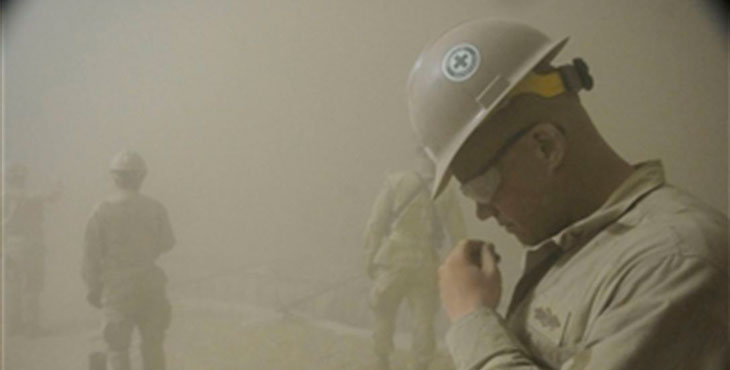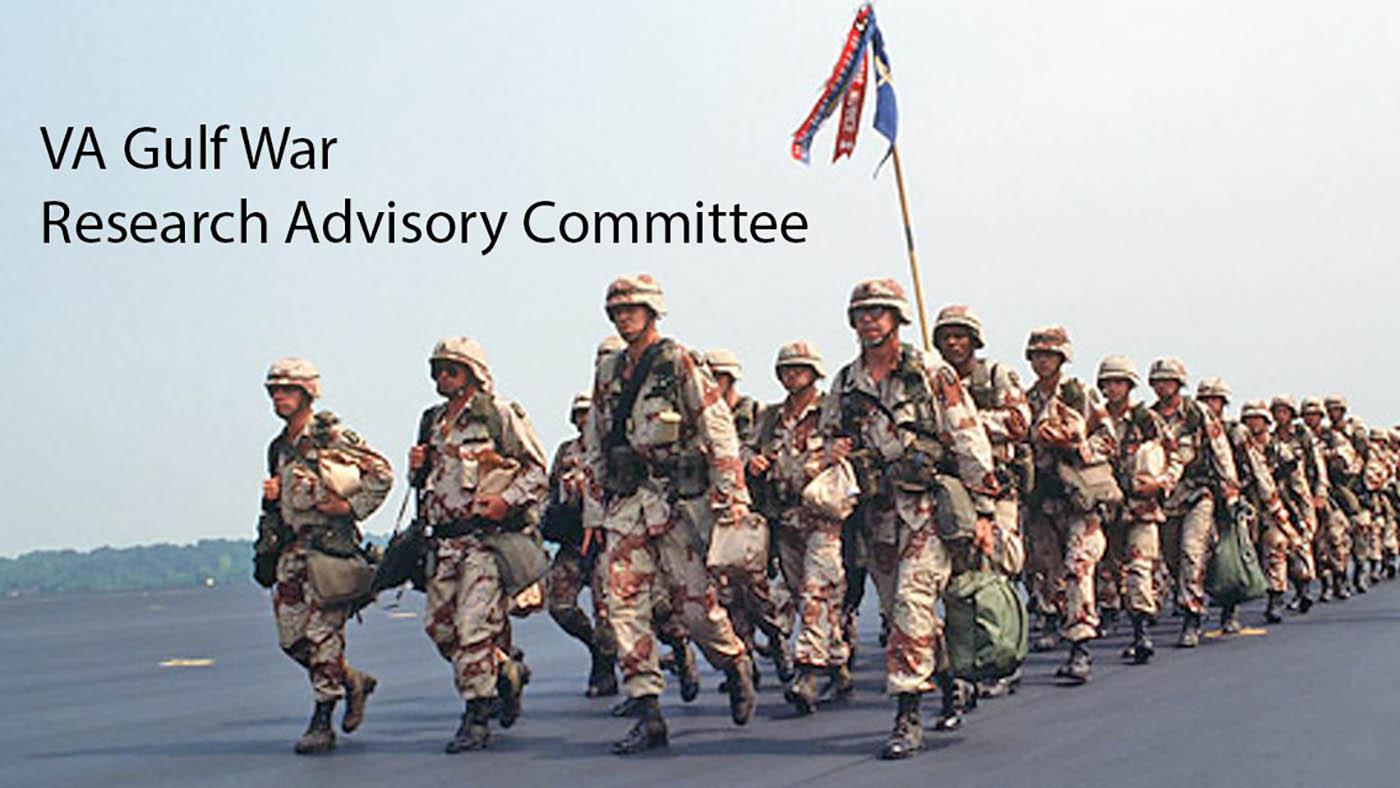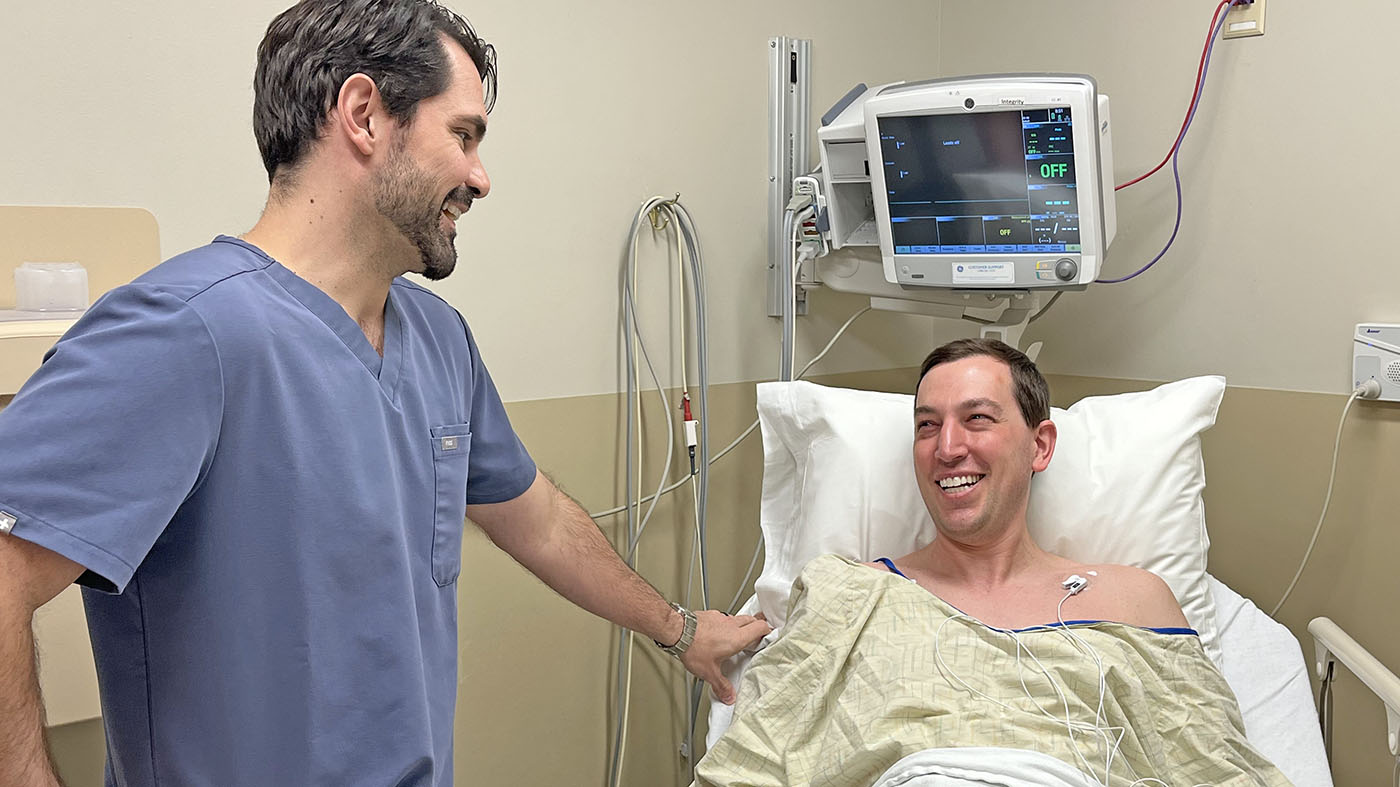For Veteran and VA employee Martin Allen, the Burn Pit Registry has been both an inspiration and a way to help other Veterans. For the last six months, he has been charged with eliminating the backlog of Veterans waiting for confirmation of their eligibility to join the Burn Pit Registry through a manual check of their deployment history.
“It wasn’t until I became familiar with the registry and saw other Veterans who served in the same deployment areas as myself and served during the same time that I realized I was eligible for participation in the registry,” said Allen. “I had heard of the registry but didn’t think much of it because I thought it was primarily for the Veterans serving after 9/11.”
Allen is a Navy and Air Force Veteran who deployed to the Persian Gulf on a naval ship in 1990. He admits the shortened, everyday name of “Burn Pit Registry” reinforced the erroneous idea that the Burn Pit Registry wasn’t for Gulf War Veterans like him. The full name of the registry is the “Airborne Hazards and Open Burn Pit Registry”.
“Once I found out that I could join, I really wanted to be a part of the registry so I could understand the Veteran participant experience,” said Allen. “Joining the registry has been really helpful. Not only do I help Veterans with their eligibility checks, I sometimes walk them step-by-step through the process of signing up.”
Many Veterans who deployed after 1990 can join the registry. The registry is a way for these Veterans to document their concerns about exposures to burn pits and other airborne hazards. For Post 9/11 Veterans, joining the registry is easier than ever. The registry is linked to more current and complete DoD deployment records. This enhancement reduces or eliminates possible delays in joining the registry resulting from the performance of manual checks of deployment histories for Pre-9/11 Veterans by VA to confirm a Veterans’ eligibility to join the registry.
The Burn Pit Registry is also a way for Veterans to be evaluated for any concerns that they might have related to exposures. Despite the opportunity of a free medical evaluation after completing the registry questionnaire, less than four percent of registry participants have been evaluated by a provider. The reasons for the low uptake are unclear, but may indicate Veterans are waiting to be contacted by VA.
“Don’t wait. Once Veterans have submitted their questionnaire, they can immediately schedule a medical evaluation for the registry,” said Allen. “This evaluation is different than a compensation and pension exam for disability claims. Veterans shouldn’t confuse the two.”
Participants who wish to have an exam should contact a local Environmental Health Coordinator to schedule an appointment. These coordinators will guide registry participants through the next steps and work with VA’s environmental health clinicians to address any exposure-related health concerns.
In many ways, the initial in-person registry evaluation is similar to any encounter between a clinician and a Veteran. The evaluation is tailored to each Veteran. To help you prepare for your visit, use these tips:
- Bring a copy of your completed Registry Self-Assessment Questionnaire (SAQ) to your visit;
- Have your questions written down;
- Tell your provider and team why you are in the clinic;
- Be prepared to discuss:
- Important deployment history and exposures of concern
- Important symptoms and health history
- Current symptoms-intensity, duration, onset, what makes them better or worse
- How the symptoms interfere with daily life
- Established health conditions, including onset and work up to date
- Concerns about the possible causes
- Other factors that may affect the management plan or overall health or mental health concerns such as tobacco, alcohol, or other substance use and family history

Topics in this story
More Stories
VA promotes early nutrition intervention for chronic kidney disease with targeted programs like Heathier Kidneys Through Your Kitchen.
VA Research Advisory Committee on Gulf War Veterans’ Illnesses hosting Veteran Engagement Sessions in Phoenix for 1990-91 Gulf War Veterans.
Navy Veteran and president of the American Medical Association got a colonoscopy and encourages other Veterans to do the same.








Like the VA cares about our veterans and and the burn pit registry. It’s all smoke and mirrors keep up the good work Veterans Administration, on how you deceive our veterans daily.
I do have a air quality memo that was conducted in Kabul Afghanistan stating that it’s 7 × above normal in air quality standards it also mentioned the chlamydia that was being breathed from the human waist being burned.. I’ve turned in this memo to my VA doctor in 2016 and have asked my doctor about it and nothing till this date.
So, apparently, no concerns about burn pits affecting vets prior to 1990? I don’t think we’re all dead yet.
While serving in Vietnam from 1966-1967 on the island of the coast of Na-Trang, we were required to
Handle and burn Human waste that was in cut off
55 gal drumbs. ( shit burning detail ) is this classified
As a burn pit ?